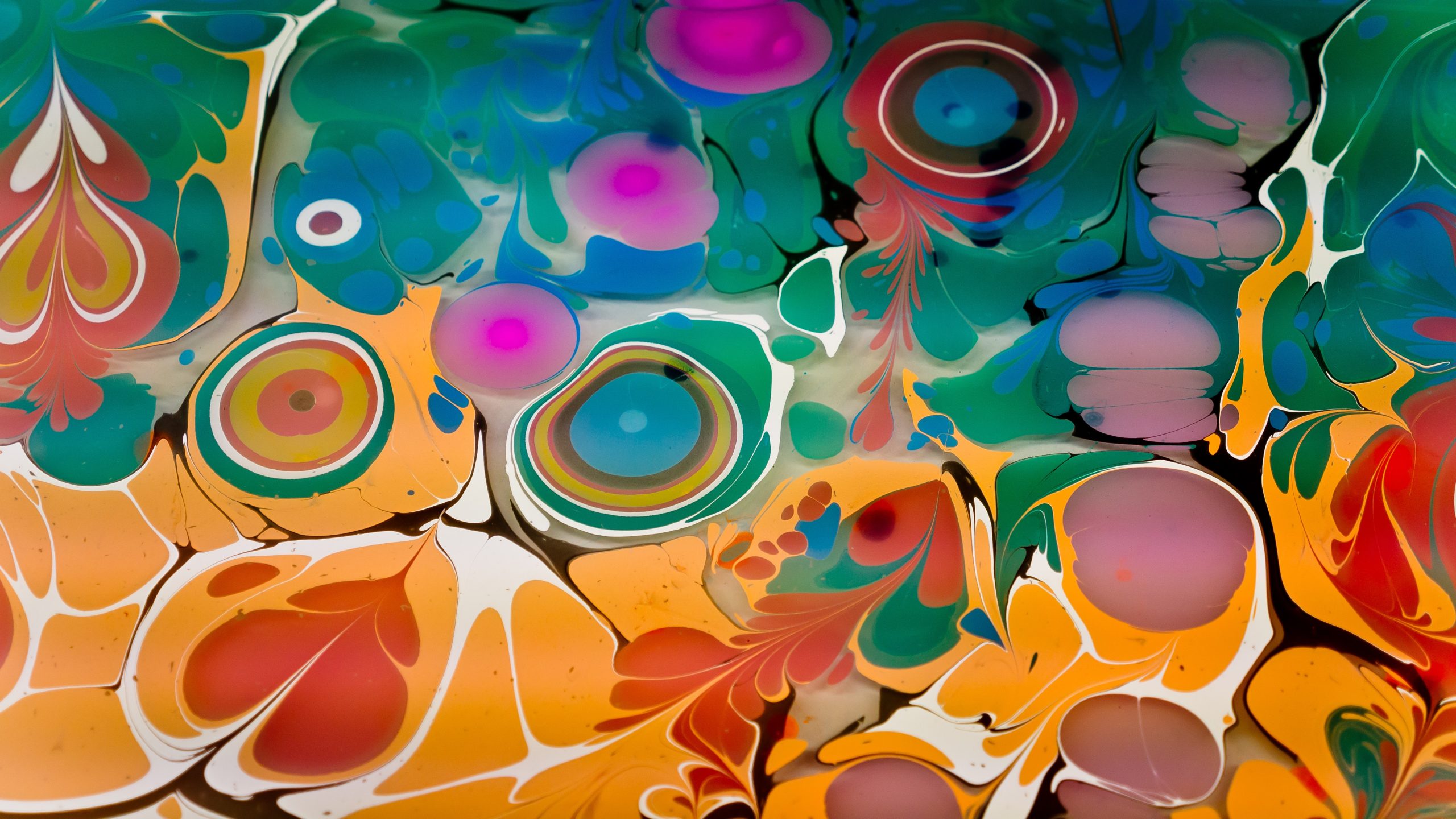- 28 May 2023
- 91
The Intersection of Technology and Fine Arts: Insights from Artistic Impressions

The world of fine arts has always been a place of creativity, imagination, and innovation. From the earliest cave paintings to the most recent contemporary installations, artists have been pushing the boundaries of what is possible with their chosen medium. In recent years, technology has become an increasingly important tool for artists, allowing them to explore new forms of expression and create works that were previously impossible. In this article, we will explore the intersection of technology and fine arts, and the insights we can gain from the experiences of artists who have embraced this new frontier.
The Evolution of Technology in Fine Arts
Technology has been a part of the fine arts for centuries, from the invention of the camera obscura in the 16th century to the development of digital art in the 21st century. However, the pace of technological change has accelerated in recent years, and artists are now able to create works that were previously unimaginable. For example, digital art allows artists to create works that are interactive, responsive, and dynamic, while virtual reality technology allows viewers to immerse themselves in a completely new world.
The Benefits of Technology in Fine Arts
The use of technology in fine arts has many benefits. For one, it allows artists to create works that are more accessible to a wider audience. Digital art can be easily shared online, and virtual reality technology allows viewers to experience art in a completely new way. Additionally, technology can help artists to create works that are more precise and detailed, allowing them to achieve a level of realism that was previously impossible.
The Challenges of Technology in Fine Arts
While technology has many benefits for artists, it also presents some challenges. For one, it can be expensive to invest in the latest technology, and not all artists have the resources to do so. Additionally, technology can be complex and difficult to master, requiring artists to invest time and effort in learning new skills. Finally, some artists may feel that technology detracts from the authenticity of their work, and prefer to stick to traditional methods.
Insights from Artistic Impressions
To gain a better understanding of the intersection of technology and fine arts, we spoke to several artists who have embraced this new frontier. One artist, Sarah, creates digital art using a tablet and stylus. She says that technology has allowed her to create works that are more precise and detailed than she could achieve with traditional methods. Another artist, John, creates virtual reality installations that allow viewers to immerse themselves in a completely new world. He says that technology has allowed him to create works that are more interactive and engaging than traditional art.
However, not all artists are enthusiastic about the use of technology in fine arts. Some feel that it detracts from the authenticity of their work, and prefer to stick to traditional methods. For example, artist Maria creates oil paintings using traditional methods, and feels that technology would detract from the authenticity of her work.
Conclusion
The intersection of technology and fine arts is a fascinating and rapidly evolving field. While technology has many benefits for artists, it also presents some challenges. However, as we have seen from the experiences of artists who have embraced this new frontier, the benefits of technology in fine arts are significant. Whether it is creating digital art, virtual reality installations, or traditional oil paintings, artists are finding new and innovative ways to use technology to push the boundaries of what is possible in the world of fine arts.

